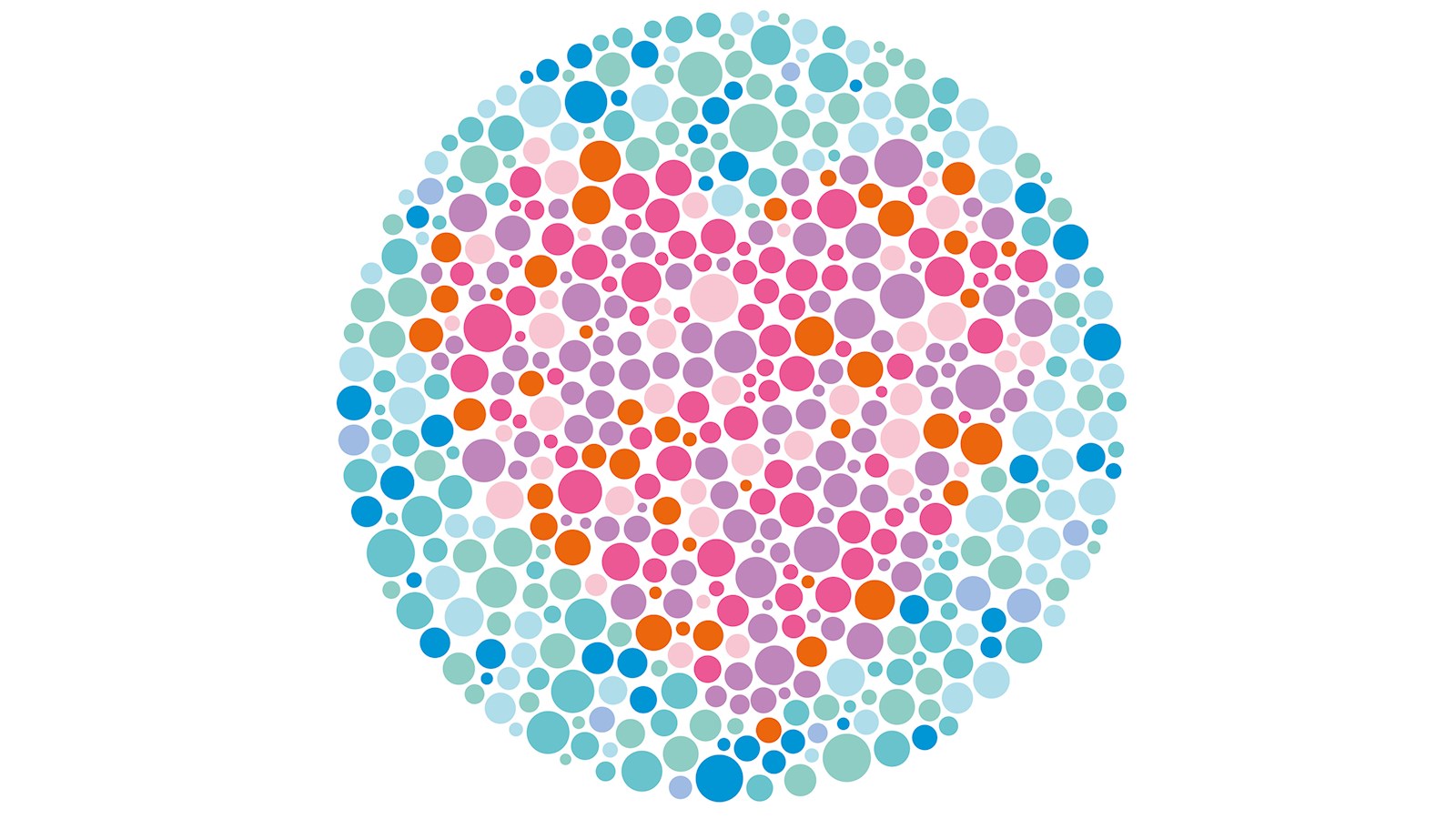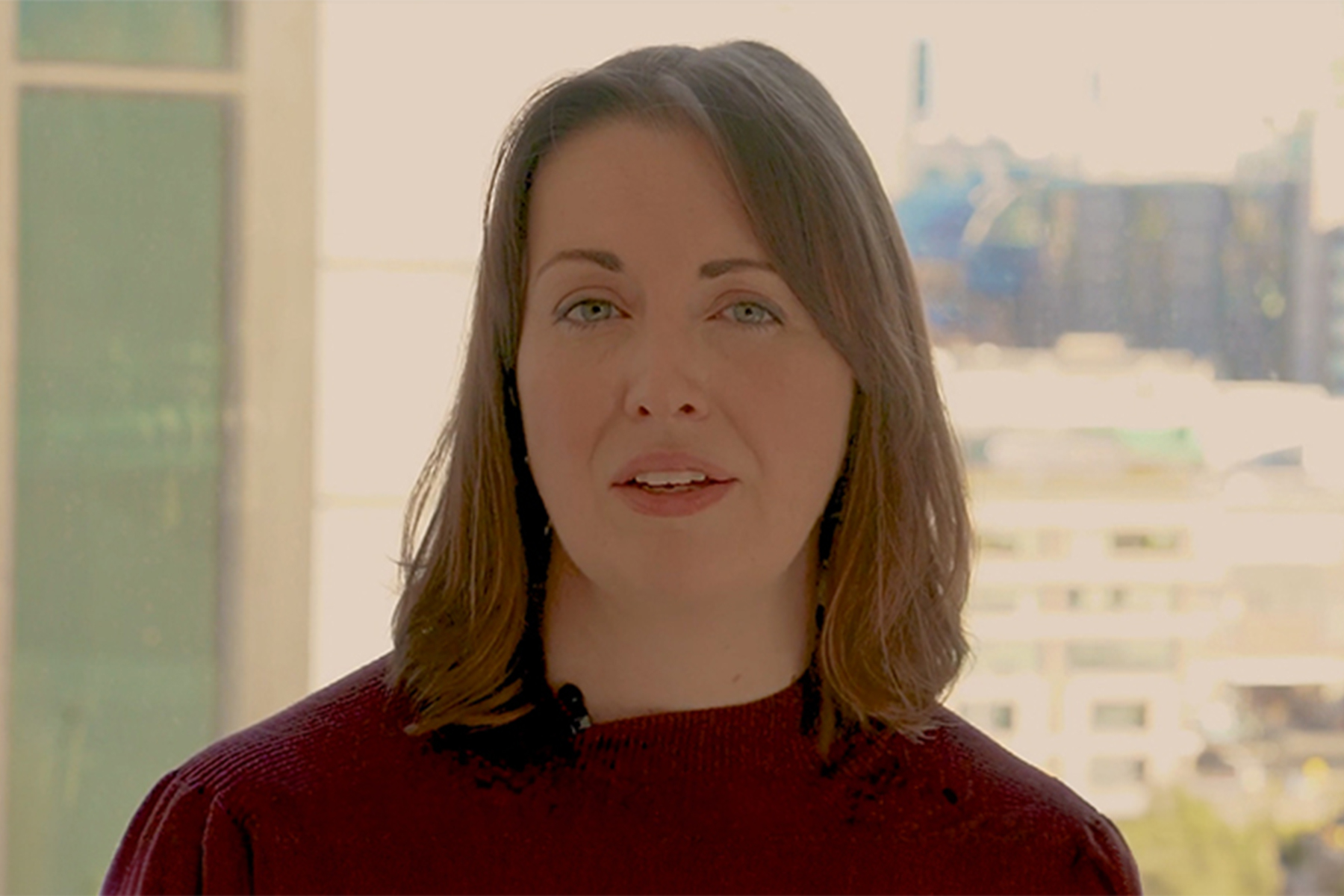
Bring back that loving feeling
It's emotion, not reason, that wins the hearts of new B2B customers
To describe B2B marketing as fundamentally different to B2C marketing would be an uncontentious statement. Unlike their consumer-focused counterparts, B2B marketers are said to appeal to reason. Rational, logic-driven arguments are required to persuade decision makers of the benefits the service on offer provides. Those highly considered purchases require them to build relationships with prospective and, more importantly, existing clients, with both retention and cross-selling more effective at delivering growth than attracting new clients.
In contrast, marketers, in dealing with fickle consumers who have little interest in learning more about what they’re selling, focus on emotions. As the rise of cause-driven campaigns can attest, in the battle to get picked from the supermarket shelf, winning the heart is more important than the mind.
Or, so the story goes. Because all of the above is wrong. Wrong in assuming the two disciplines are fundamentally different. Wrong in assuming growth is best delivered by focusing on retention or cross-selling. Wrong in assuming emotion is the reserve of B2C marketing. And wrong in explaining why emotions are important in the first place.
The importance of light B2C buyers
All brands are compared on a shelf. It’s just a different kind of shelf. Whether it’s a prominent position in a supermarket or sitting atop of a Google search query, making a brand easier to choose than your competitors’ is one of the most important things any B2C or B2B marketer can hope to achieve. The most fundamental principle of marketing dictates this: the law of buying frequencies. Andrew Ehrenberg first introduced the NBD-Dirichlet model in 1984. Based on the negative binomial distribution, it models category and brand purchases within a wide variety of markets, demonstrating that the ratio of non-buyers to light, medium and heavy buyers is always perfectly predictable. If a brand gains in sales, the ratios move in a predictable way, and one of the key implications is the importance of light buyers to growth.
Purchase frequency and customer value always reflect market share and category norms. Brands vary a lot in the number of users but little in terms of loyalty. Smaller brands always have fewer buyers, who are slightly less loyal.
This law has held up across decades of buying data, covering an exhaustive list of categories and markets. New channels may emerge – changing where, when, how and even why brands are bought – but they haven’t altered the fundamental patterns of buying behaviour. Beyond maintaining demand as prices rise, brands struggle to grow without attracting new buyers.
Whether you’re Coca-Cola or Clifford Chance, Dove or Duncan & Toplis, Tesco or Turner & Townsend, growth comes from getting more people to buy what you’re selling, not getting people to buy more of what you’re selling. The average UK Coke drinker buys just one can of Coca-Cola a month. Few will hire a personal injury lawyer more than once in a lifetime. But in both instances, these light, infrequent buyers, whom it would be easy for a brand to ignore, account for approximately 40-50% of a brand’s revenue. Whether it’s fizzy drink sales or legal services revenue, simply put, a few customers/clients buy a lot, but most buy a little.
And you ignore the latter at your peril. These are the people who don’t think about you. They don’t know much about you. They’re not particularly interested in what you offer for most of their lives. And that’s why they’re the most valuable segment to communicate with. Because those who do regularly buy your services will think about you when they have a need and will be interested in learning more about your offer, so will seek information out on their own. For that reason, it’s less important to speak to them.
And this is where the role of emotion comes in: people don’t remember the detail of what they’ve seen, heard or read; they remember how something made them feel
The value comes from communicating with the people for whom you won’t be top of mind when they have a need your firm can fulfil. And this is where the role of emotion comes in: people don’t remember the detail of what they’ve seen, heard or read; they remember how something made them feel. So, when you’re speaking to them at a time they have no interest in learning more about your offer, you need to generate an emotional response from your advertising that’s attached to the brand. This ensures you’re in their consideration set when they are in the market for what you’re selling.
The role of marketing communication
The notion of “right person, right message, right time” is a frequently referenced ambition for marketing professionals and one reason why some question the future of brands. If you can find somebody who needs what you’re selling, tell them you’ve got what they’re looking for, and do so at a time when they’re ready to buy, why go to the trouble of creating a brand?
If the objective is simply to create a link between seller and buyer, spending money trying to shape a brand’s meaning appears to be an outdated and costly indulgence when ultimately it lives in the minds of the public anyway. If you can get people to use your service, their personal experience and interaction with your firm will create more authentic meaning.
It’s little wonder many marketers are in thrall to the internet. The ability to find and speak directly to individuals in tailored ways finally makes this a real possibility.
Brand is a social construct, encompassing the shared mental associations that ease decision making and enable a company to charge a price premium for a service
For its proponents, broadcast advertising has always been a waste of money at best – throwing it away on people who may never buy what you’re selling – and deceptive at its worst: persuading people to buy things they don’t need via emotional manipulation or exaggerated claims to justify a price premium over cheaper competitors that provide the same benefit. In B2B marketing, speaking to non-buyers seems especially foolhardy. However, this overlooks the fact that brand is a social construct, encompassing shared mental associations that ease decision making and enable a company to charge a price premium for a service that often has little tangible difference to competitor offerings. This has always required broadreach advertising to create those shared associations. It also requires the communications to be overheard by people who aren’t the intended recipients, even in B2B marketing.
“At IBM, we sell a good night’s sleep” was an advertising campaign that helped create the shared association of certainty the brand offered. A common cliché in the IT industry that followed was, “no-one ever got fired for buying IBM”.
Overwhelmed by technological choices, IBM was the safe choice for IT professionals to select for their companies. If they chose a superior competitor, they’d get little credit if there were no problems, but all the blame if anything went wrong. No one in the company would point the finger at them if they encountered problems with IBM software because they’d all heard of it and knew it by its (advertising- shaped) reputation.
Even the act of advertising itself implicitly establishes and maintains trust in the brand. Any company that planned to cheat or deceive customers would never waste huge sums of money communicating a brand name to so many. People have never trusted the content of advertising, but they have always trusted brands that advertise. Broadcasting your name to millions of people who might never employ your firm is a costly signal of a company’s belief in what it’s selling. Finally, it’s difficult to predict future customers. Given that in even a highly involved and heavily researched category like car buying, people consider fewer than three brands on average, when it comes to using a law or accountancy firm, infrequent buyers are unlikely to spend too much time considering who to use. A firm they’ve heard of will always be a useful and effective shortcut to choosing who to hire.
Read more from Atticus Journal Volume 25
This is an excerpt from A discipline divided?
published on
10 November 2020
Category
More in The Atticus Journal

Generative AI: mitigating risk to unlock opportunity
H+K’s Allison Spray on managing the commercial and reputational risks that the proliferation of generative AI will present

Making sustainability profitable
Sustainability investments must deliver returns – both financial and reputational – to be ‘sustainable’ for business. Something needs to change, says Luc Speisser

Sustainability comms must get real
There’s a disconnect between the way corporations talk about climate change and how the public discusses the same issue. That’s the conclusion of research by Jamie Hamill, Alessia Calcabrini and Alex Kibblewhite.

